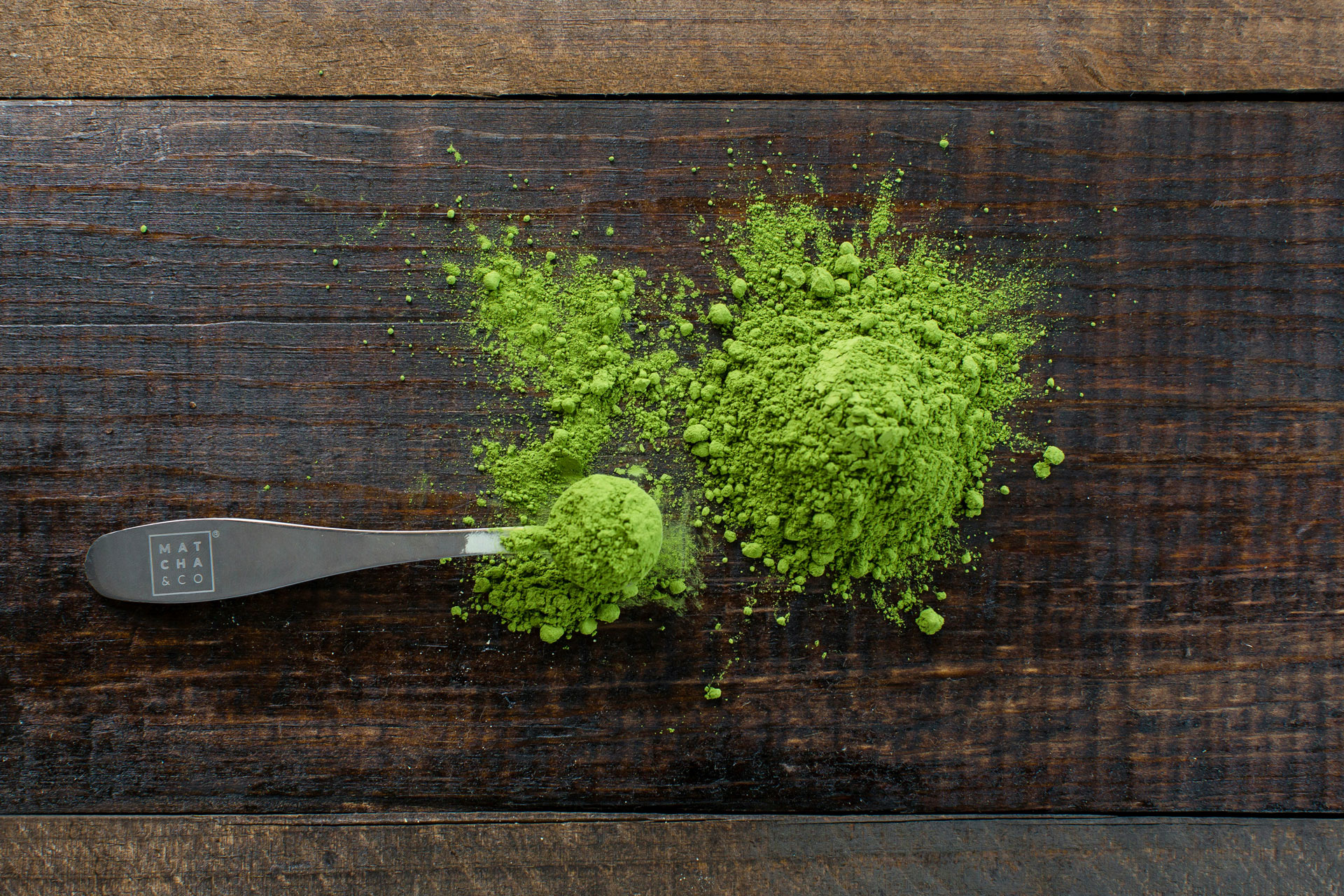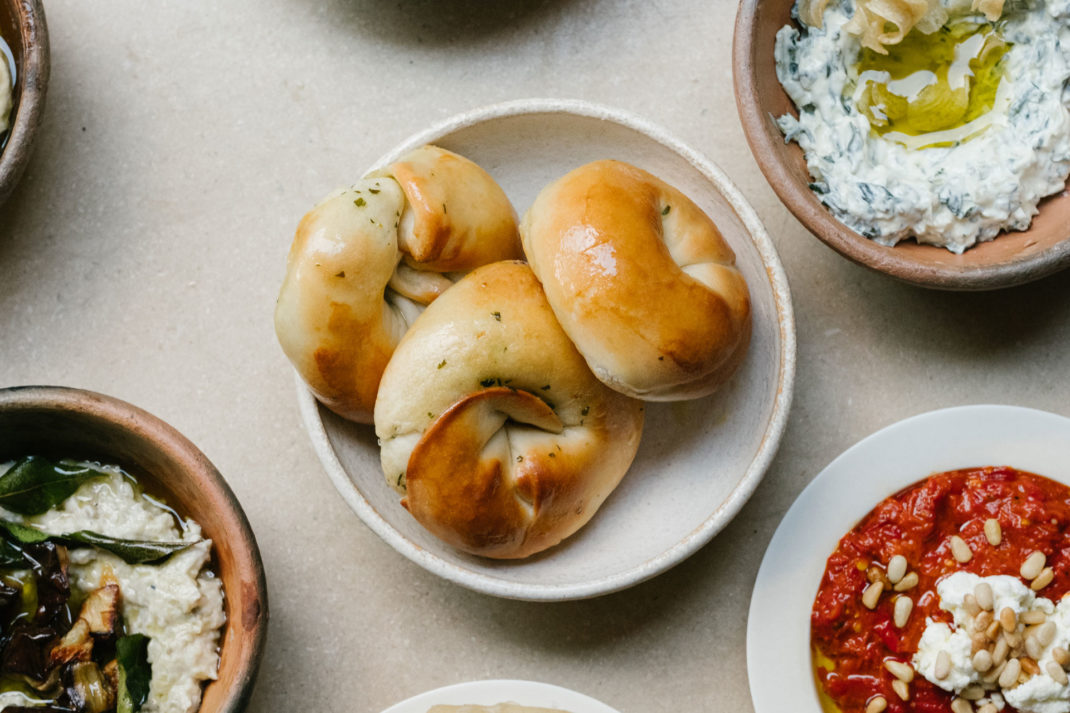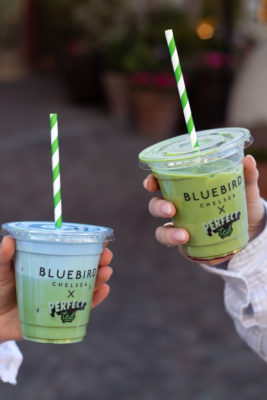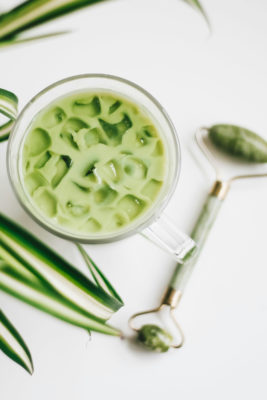
Is There A Matcha Shortage?
By
6 days ago
Japanese farmers are struggling to keep up with soaring demand
It’s hard to miss the matcha madness: the trendy green drink has taken over social feeds and cafes all over the world as of late. Hailed for its health benefits, the green tea has soared in popularity over the past couple of years: UK chains ranging from Grind to Blank Street have reported a rise in sales – and the global market is predicted to grow to $2.9bn by 2028. But this surge in demand has prompted warnings of shortages, meaning our beloved morning matcha lattes could be at risk.
The Matcha Shortage, Explained
A type of green tea powder, matcha is primarily produced in Japan, particularly in the regions of Uji and Nishio. Over the past decade, production has tripled to 4,176 tonnes, yet supply is struggling to keep up with demand, according to Japan’s Ministry of Agriculture, Forestry and Fisheries.
Although people are drinking less matcha than before in Japan, consumption ‘reached a record high’ internationally, said Fumi Ueki, chief of the Leaf Brand Group – meaning nowadays, more than half of Japan’s matcha is exported.
Rumours of a shortage have been circulating since autumn 2024. Last year, for the first time, Kyoto tea companies including Ippodo and Marukyu announced purchase limits on the tea powder – despite companies working overtime to keep up. Meanwhile, fans have been reporting stores being totally sold out of matcha products.
The 2025 harvest is beginning this month, running until early June, which will temporarily restock supply. But if the trend continues to grow, experts believe Japan’s tea industry will have to make some major changes to keep up.
Unfortunately, it’s not as simple as just making more matcha. There are limitations with scaling up both growing the leaves and grinding them into powder. More land would be needed and the shrubs take years to mature, plus the machines used to grind the leaves are slow. Another factor is the shortage of farmers: according to data from MAFF, the number of matcha farmers has decreased from 53,000 in 2000 to 12,353 in 2020, which is in line with trends across the entire farming industry.

Unsplash
Why Is Matcha So Popular?
So what’s driving matcha interest? The health benefits are the biggest draw: the tea is rich in antioxidants, has stress-relieving properties and supports brain health. ‘We conducted a survey of foreign visitors to Japan at our department stores and found that they are interested in the health benefits of matcha,’ said Ueki. ‘It seems that people drink matcha not only because it tastes good but also because they expect it to be healthy. We believe that if we can widely promote the health benefits of matcha to the rest of the world, we can expect to see even greater global demand for matcha.’
Social media is also playing a key role: TikTok and Instagram are awash with videos of matcha, whether that’s recipe videos of ceremonial matcha rituals or snaps of wellness influencers clutching the green-hued drink. Celebrity endorsement is no doubt also ramping up demand, with A-list fans including Gwyneth Paltrow, Miranda Kerr, Rihanna and Kylie Jenner.
So what’s next? Well, the Japanese government is looking into how they could better support matcha farmers, and retailers are increasing the number of producers they source from to improve stock. And this January, the Global Japanese Tea Association posted a response to matcha shortage reports, encouraging fans not to panic. ‘There’s no need to worry: the spring harvest is just around the corner, and fresh matcha will soon be produced,’ adding: ‘we hope that tea drinkers come to appreciate the uniqueness and preciousness of this tea’.






